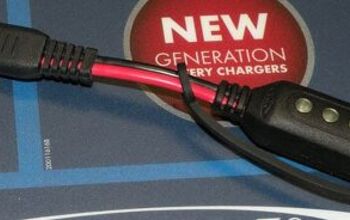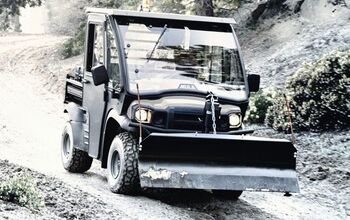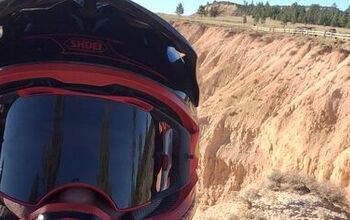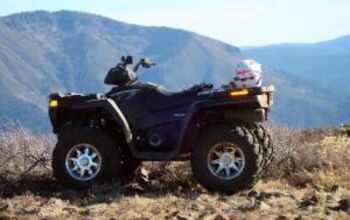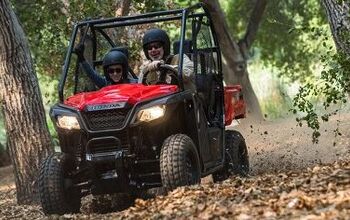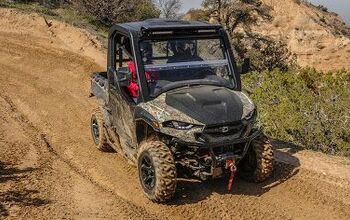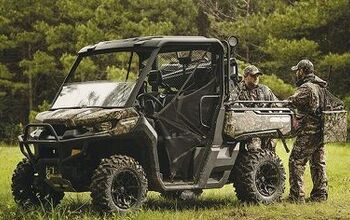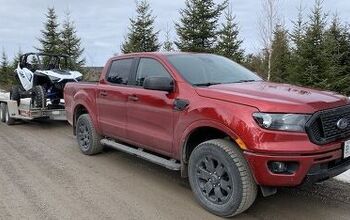Why is an ATV Helmet Important?

We’ve all heard the stories of a severe ATV injury being so due to the negligence of safety equipment. Though these instances are undoubtedly unfortunate, they are also easily avoidable. While riding an all-terrain-vehicle may be inherently dangerous, mitigating the riskiest aspect is no more difficult than wearing a helmet. And as ATVing enthusiasts, we stand firmly in the camp of always protecting your head when throwing a leg over the seat. Why? Read on.
Head injuries are a significant risk when riding ATVs. Accidents and incidents happen unexpectedly, and the head is particularly vulnerable to impact during a crash being that it’s exposed above the handlebars. Helmets serve as a critical protective gear, reducing the severity of head injuries or even preventing them altogether.
Quading involves various terrains, speeds, and riding conditions. Whether you're traversing rough terrain, tackling steep inclines, or leisurely cruising along smooth trails, unexpected obstacles or loss of control are an unavoidable hazard. In such situations, a helmet provides a protective barrier against head trauma, safeguarding you from potential concussions, skull fractures, or traumatic brain injuries. In fact, the U.S. Consumer Product Safety Commission reports that vast majority (69.6%) of people injured while riding an ATV were not wearing helmets. So don't just take our word for it: The numbers and research speaks for itself.
More so than even in professional (American) football, powersports helmets are designed to absorb impact. High-quality ATV helmets are constructed with materials that effectively absorb shock upon impact, keeping the effects from making their way to the head and instead keeping it isolated from potential harm. Helmets from reputable companies are designed to distribute the force of a collision and cushion the head, minimizing the risk of severe injury. This engineering significantly reduces the impact force that reaches the skull and brain, offering crucial protection during accidents.
Safety standards and certifications ensure helmet reliability. Trustworthy manufacturers meet stringent safety standards set by regulatory bodies when they produce consumer products. Look for helmets that comply with recognized safety certifications such as DOT (Department of Transportation) or Snell (an independent agency that works to test helmets on their own as an extra degree of evaluating) to ensure their effectiveness in protecting against head injuries during ATV riding.
A good rule of thumb is that helmets are good for about five years; after that, they should be replaced. Similarly, any impact of significance to the helmet warrants replacing it. While this entails something of a judgment call (tapping it on the bed of your truck isn’t the same as dropping it onto the sharp corner of a rock which isn’t the same as going over the bars and bouncing it off a tree), it’s better to air on the side of caution. Helmets are relatively inexpensive and can be replaced easily; neither of these can be said about your head and/or brain.
Encouraging responsible behavior and setting a positive example go hand-in-hand with the idea of wearing a helmet. This is especially so when riding with younger riders or newcomers to ATV riding. It promotes a culture of safety and responsibility, emphasizing the importance of protective gear for everyone's well-being. It’s hard to enjoy the hobby if you’re hurt, and you certainly want the young ones to stay safe and healthy to continue enjoying riding ATVs into the future.
Something else to consider is legal requirements and insurance considerations. In many regions, wearing a helmet while riding an ATV is a legal mandate. Violating these regulations can result in fines or legal repercussions. Moreover, insurance coverage might be affected if an accident occurs while not wearing proper protective gear, potentially leading to increased liability or denied claims.
Picking the right helmet can be tough, but it’s vital to assure it fits right. Resources like RevZilla can help with this, and comfort and fit contribute to rider safety. A well-fitted helmet not only ensures it will be on and holding your head in place but also enhances comfort during rides. Comfortable gear encourages consistent use, reducing the likelihood of riders neglecting safety measures due to discomfort or inconvenience.
With the push for safe riding, educational efforts and awareness campaigns are becoming more popular. Organizations and authorities conduct educational campaigns emphasizing the importance of helmets during ATV riding. These initiatives aim to raise awareness among riders of all ages, highlighting the potential risks of head injuries and the lifesaving benefits of wearing proper protective gear. We’ve all heard of motorcycle safety courses, and those mentalities and lessons are becoming more common in the four-wheeling world.
As helmets have become safer and more complicated (carbon fiber helmets were a pipe dream two decades ago, and now they’re almost easily attainable), these continuous improvements and innovations in helmet technology have only helped improve safety as well. Ongoing advancements in helmet design and materials lead to more effective and comfortable protective gear. Newer models often incorporate innovative features that enhance safety, ventilation, and overall rider experience.
Ultimately the decision about wearing a helmet is a personal responsibility for safety. Prioritizing safety by wearing appropriate protective gear demonstrates a commitment to personal well-being and sets a precedent for others to follow suit. We’d go so far as to recommend proper gloves, boots, and a chest protector to go along with it. You can only continue to enjoy riding ATVs if you stay safe to do so.
The importance of wearing a helmet during ATV riding cannot be overstated. It serves as a vital safeguard against head injuries, reduces the severity of potential trauma, and contributes significantly to rider safety and well-being. Regardless of legal requirements, wearing a helmet should always be a non-negotiable practice for anyone riding an ATV, and it can add a bit of style to your look, too. Win-win in our books.

Ross hosts The Off the Road Again Podcast. He has been in the off-road world since he was a kid riding in the back of his dad’s YJ Wrangler. He works in marketing by day and in his free time contributes to Hooniverse, AutoGuide, and ATV.com, and in the past has contributed to UTV Driver, ATV Rider, and Everyday Driver. Ross drives a 2018 Lexus GX460 that is an ongoing build project featured on multiple websites and the podcast and spends his free time working on and riding ATVs.
More by Ross Ballot



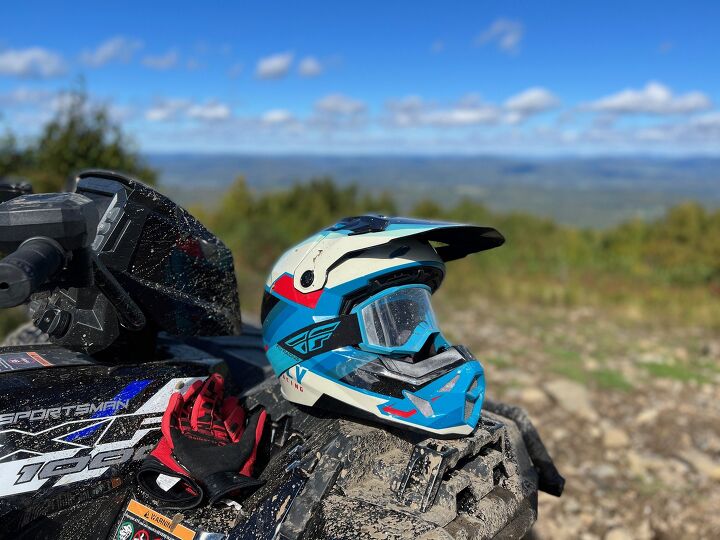










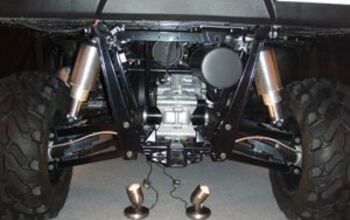
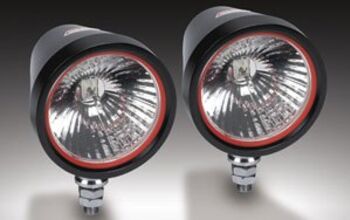
![Don't Try This at Home: Muddy Crash [video]](https://cdn-fastly.atv.com/media/2022/10/24/8744120/don-t-try-this-at-home-muddy-crash-video.jpg?size=350x220)
